
PHYSICAL VS CHEMICAL EXFOLIATION: WHICH ONE IS FOR YOU?
You’ve definitely heard about exfoliation. It’s touted as an important part of your beauty and skincare routine, and for good reason. It gets rid of dead skin cells, restoring a smooth and glowing appearance to your skin. And not only does it help the look and feel of your skin on its own, removing that buildup on your skin also allows your serums, moisturizers, and other products to soak into your skin more efficiently, so they can be more effective as well. So, exfoliation is certainly important. But how do you know that you’re doing it right or choosing the right exfoliant for you? Well, in order to understand that, you first need to know the difference between the two major types of exfoliant: physical and chemical.
WHAT’S A PHYSICAL EXFOLIANT?
A physical exfoliant is basically a product that you use to manually buff away the buildup on your face. Think of sugar scrubs, just for example. The small granules of sugar are meant to do the scrubbing, and you apply them manually to your face.
This method of exfoliating has its pros and cons. For one thing, the ingredients of scrubs are usually gentle and unlikely to cause a reaction in your skin, so that’s a good thing. However, not every scrub that’s sold as an exfoliant should really be used as one. Large exfoliants including nut shells and fruit pits can cause micro-tears in your skin. A micro-tear is a rough, etched tear to the epidermis, and you probably want to avoid them.
The other issue with a physical exfoliant really has to do with the user. You can irritate your skin even when you’re using a gentle exfoliant by scrubbing too hard or too long. On the other hand, you want to use enough pressure to be effective. And, of course, you don’t want to scrub too hard in one place and not enough in another – you’ll wind up with uneven skin.
If you like the idea of physical exfoliant but you are unsure about your own ability to use it properly, you might be interested in microdermabrasion, which is basically a skin-scrubbing type of exfoliant process that takes place at the hands of a dermatologist or esthetician – someone with training in making sure that your skin looks great. In microdermabrasion, your skin is either coated with micro-crystals that are subsequently vacuumed up or scrubbed with a diamond-tipped wand.
There’s also dermaplaning, which is when a medical aesthetician scrapes the dead skin off of your face with a scalpel. It sounds a little scary, but it makes for a highly effective exfoliating experience and is safe as long as you choose a licensed and trained professional to do the work.
WHAT’S A CHEMICAL EXFOLIANT?
Just the word “chemical” tends to make some people pause, but it really shouldn’t. Chemicals in and of themselves aren’t bad, “fake”, or necessarily harsh. Plain old water is a combination of two chemicals, hydrogen and oxygen, remember.
Basically, the chemicals in chemical exfoliants are chosen for their ability to aid in dead cell turnover. Think of chemical peels. One of their big advantages is their uniformity. Since you just apply and remove the substances and the chemicals do the exfoliating work, you don’t have to worry that you scrubbed too hard in one place and not in the other, or caused a microscopic tear in your skin. On the downside, people who have more sensitive skin may react to some types of chemical peels.
There are a few different kinds of chemical exfoliants to consider. One is made with alpha-hydroxy acids or AHAs. AHAs work by removing the substances that hold dead skin cells together, making them removable. It’s water-soluble and good for people who suffer from dry skin.
Another kind of chemical exfoliant contains beta hydroxy acids (BHAs). BHAs break down the bonds between cells. They are oil-soluble, so they penetrate deeper into the skin and the pores and are especially effective for those who are suffering from acne and oily skin. AHAs and BHAs can be used together if you wish since they work in different ways, but people who are trying to fight blackheads would be better off sticking to BHAs.
There are also fruit enzyme-based chemical exfoliants that may be useful for those who have more sensitive skin. They’re made with enzymes like papain and bromelain (found in papaya and pineapple, respectively) and target only the outer layer of the epidermis, by breaking down the keratin. However, if you need to address problems like deep wrinkles or lines, a fruit enzyme exfoliant may not be strong enough.
PHYSICAL VS CHEMICAL EXFOLIATION: WHICH ONE SHOULD YOU CHOOSE?
The answer to which exfoliant you should use is as individual as you and your skin. People who are especially prone to itchiness and tearing may do better with a chemical exfoliant than a physical one. People who have stronger, tougher skin may prefer physical exfoliants. Some people may prefer having a professional perform a microdermabrasion procedure or even a chemical peel. Your skin can go through cycles that give it different properties and needs, which means it may need different exfoliants at different times.
It’s important to remember that no matter what kind of exfoliant you use, you probably need to be careful not to overdo it. You shouldn’t be exfoliating more than three times a week with a physical or chemical exfoliant. If you have a professional exfoliation treatment done, they’ll tell you when you can return to exfoliating at home – follow their recommendations! Failing to exfoliate is bad for your skin, but you can also overdo it and cause damage to your skin that way as well. If you’re not sure what your skin needs, consulting a professional might be the smartest tactic. That way, you can get personalized recommendations that work for your specific skin type and needs.
If you’re looking for the right exfoliating products and procedures for your skin, the professionals at Iconic Skin Clinic products can help.
 None
None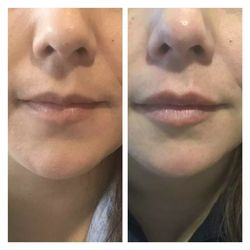 None
None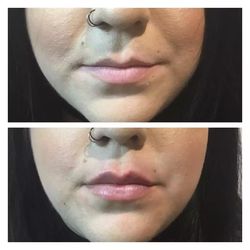 None
None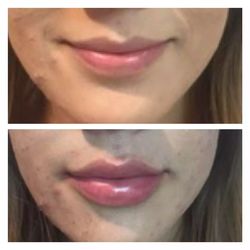 None
None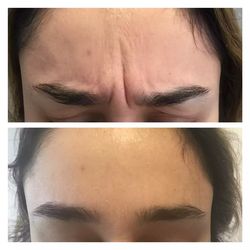 None
None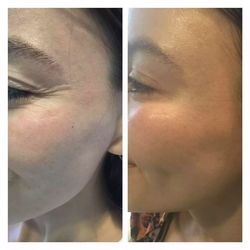 None
None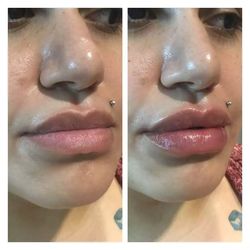 None
None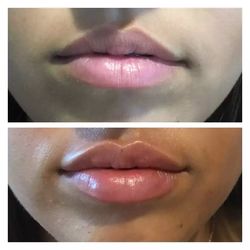 None
None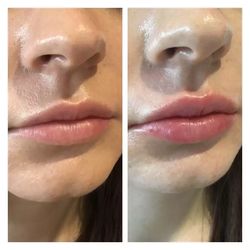 None
None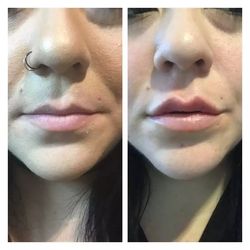 None
None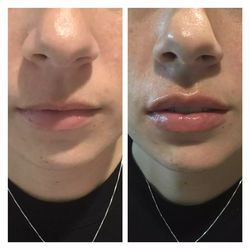 None
None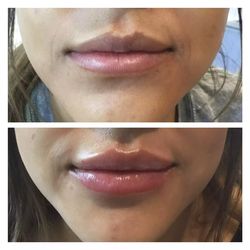 None
None None
None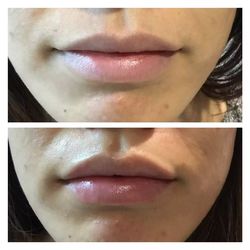 None
None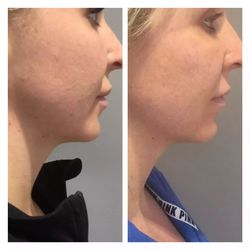 None
None None
None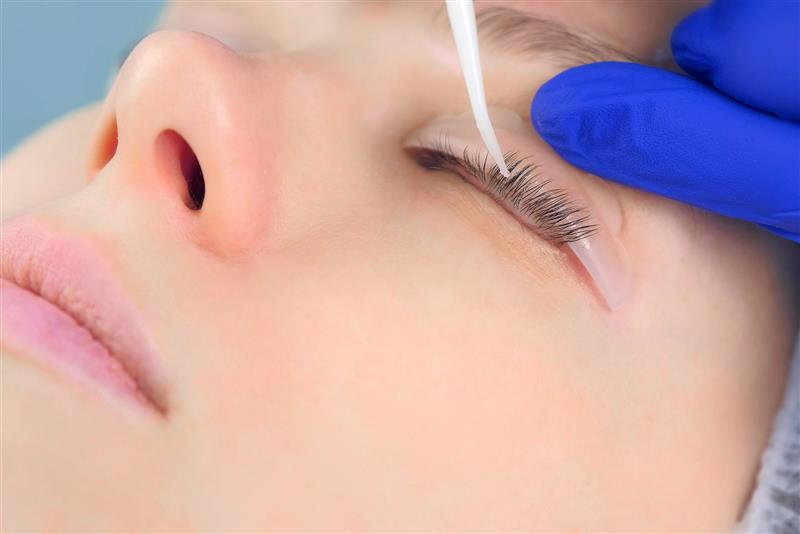


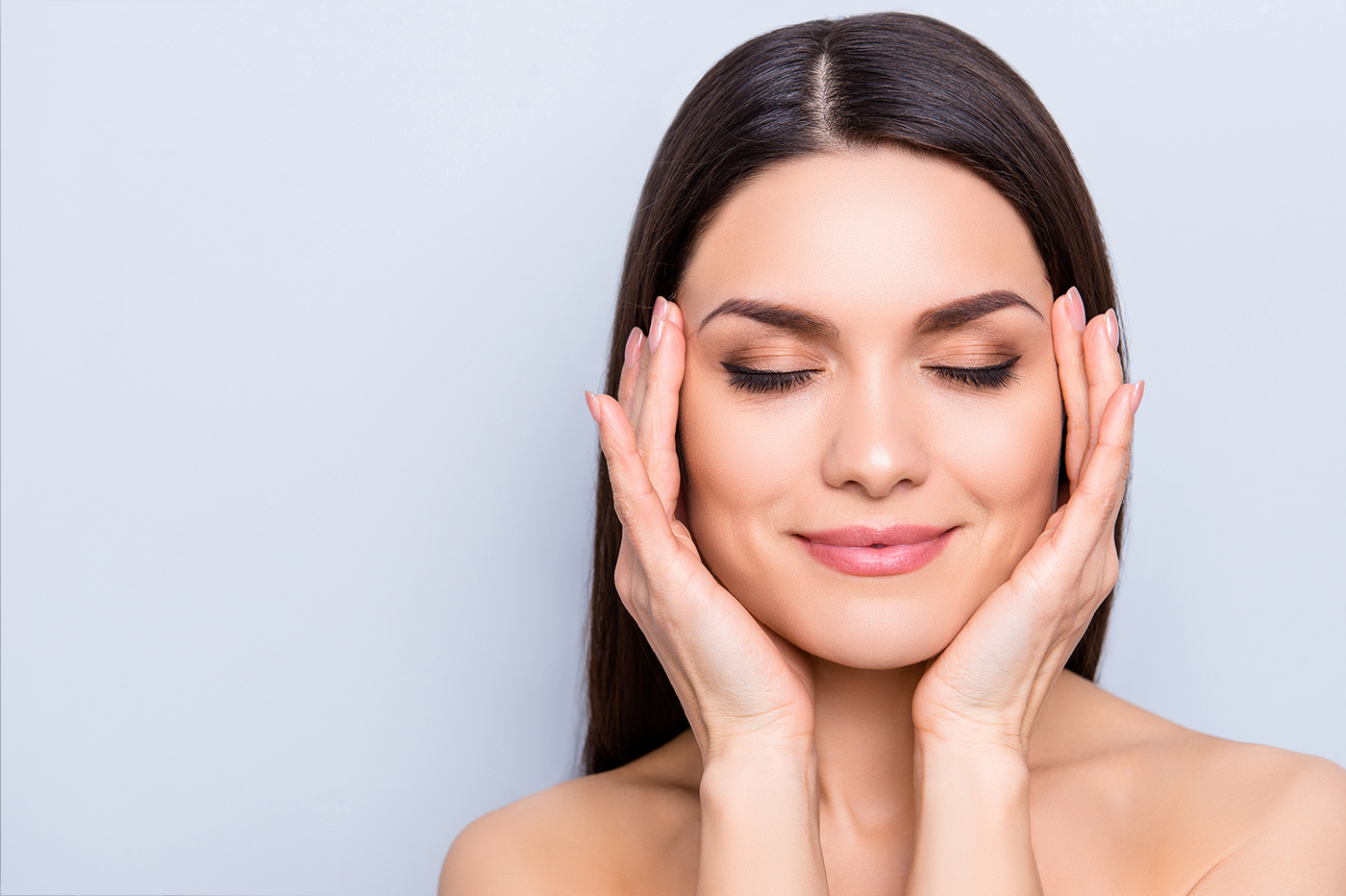
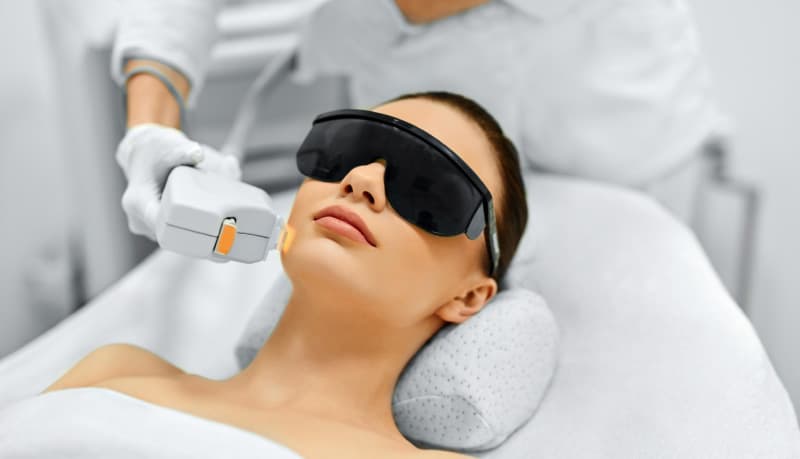

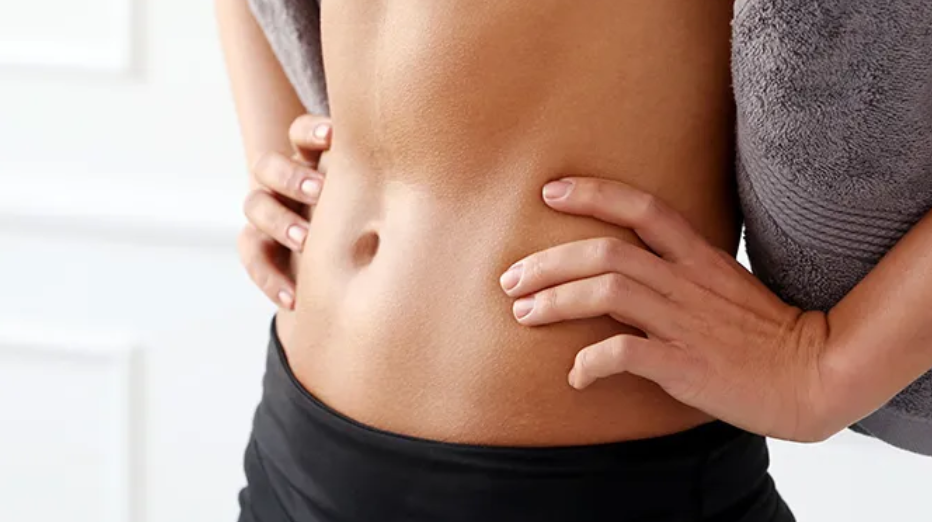







0 comments